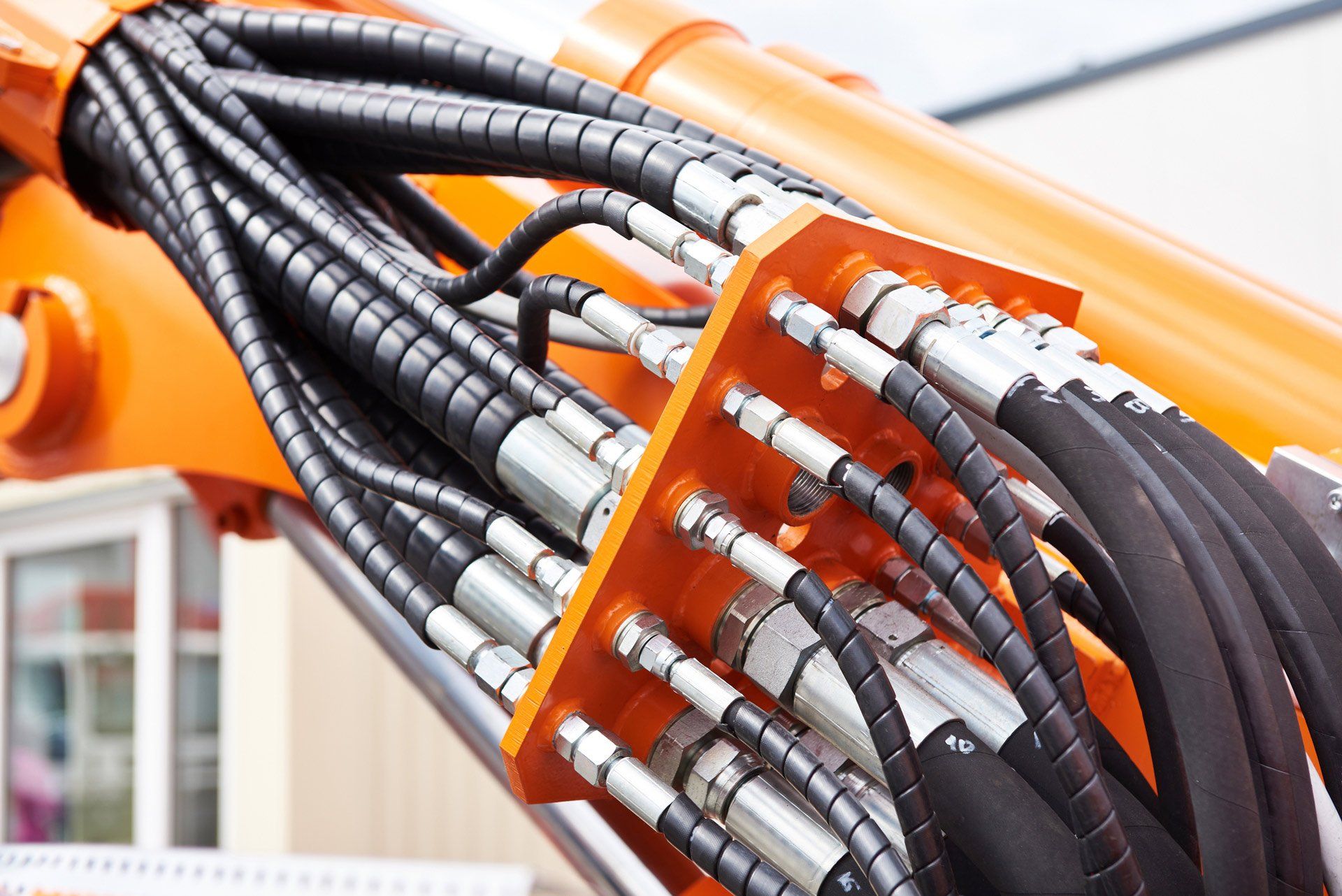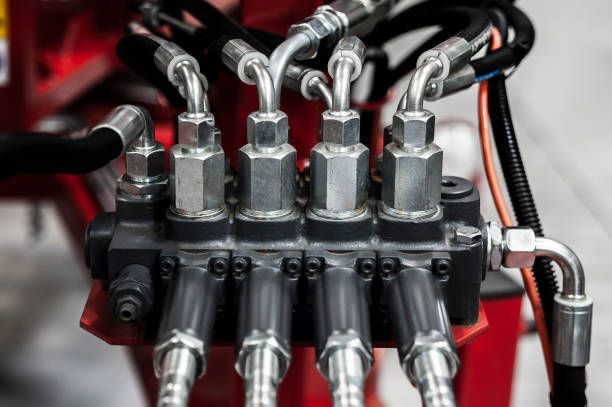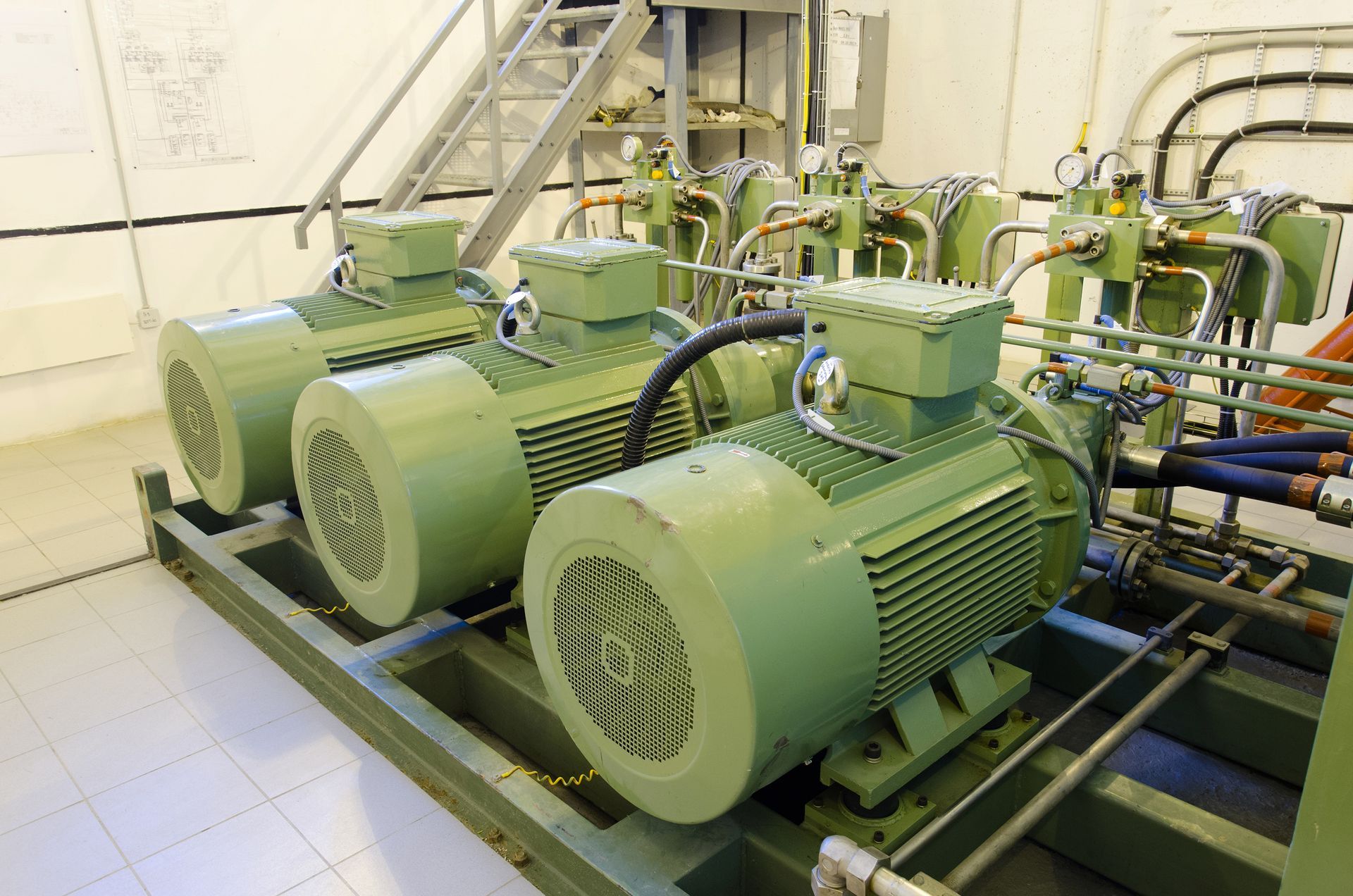Irrigation, Aqueducts, and Mills: Ancient Precursors to Modern Hydraulics
When you think of hydraulics, you likely think of heavy machinery, like that used in mining and manufacturing applications. However, while these industries use hydraulic equipment, hydraulics itself is a branch of science that seeks to understand and use liquid in motion.
Many people trace the beginnings of modern hydraulics to Blaise Pascal, a French physicist. In 1648, he discovered Pascal's law, which states that pressure on a confined fluid will transmit equally in all directions throughout the fluid. This discovery made possible the complex, precise, and powerful equipment we use every day.
However, people have used hydraulics for thousands of years. Learn more about some of the ancient precursors to the modern hydraulics used today.
Shushtar Historical Hydraulic System
In Persia, located in modern-day Iran, the Shushtar Historical Hydraulic System spreads over 594 acres, making it a massive feat of engineering for its time. Parts of the system may be from the time of Darius the Great, around 500 BCE, though much of it was built in the third century AD.
The system contains dams, canals, and tunnels, and it made farming possible for a wide swath of land that would otherwise have been too dry. Additionally, the hydraulics system supported watermills, carefully placed and surrounded by safeguards to ensure that they wouldn't be damaged by a sudden influx of water.
The center of the system is Salasel Castel, which includes a tower to measure the water level to enable control of the flow throughout the system. Today, the Shushtar Historical Hydraulic System is an UNESCO World Heritage Site based on its ingenuity and complexity.
Roman Aqueducts
The Roman Empire was famous for its use of aqueducts, which are channels built to carry water from its source to a distribution point. While many ancient and modern civilizations used aqueducts, the Romans constructed them extensively, and many of their distinctive bridged aqueducts still stand today.
Roman engineers designed aqueducts based on their understanding of how gravity influences water: they used steeper gradients and narrower waterways to make the water flow faster when needed, and they followed the contours of the land when building. Additionally, they used devices like sedimentation tanks to filter the water and sluices to regulate the supply.
These aqueducts provided water for everyday use in towns and cities, but they did much more besides that. They carried water for public baths and latrines, and workers used the running water to power milling and mining operations. Additionally, the water provided irrigation for farms and gardens.
Muslim-World Mills
During the Islamic Golden Age, engineers in the Muslim world used hydropower extensively. While Europe used mills mainly to grind grain, Muslim world industry used mills for fulling (a step for producing wool clothing), making paper, cutting lumber, building ships, creating stamps, and manufacturing steel.
Additionally, these societies pioneered using dams as a storable power source, something we still do today. While they didn't use dams to produce electricity, they used the water stored in dams to power mills effectively and reliably.
Hydraulics powered parts of the ancient world thanks to their scientific understanding of water's movement, and we've been able to build on their work for centuries to create today's complex machinery. Today, hydraulic machinery relies on fluids like oils instead of water, and hydraulic equipment is both ubiquitous and highly specialized.
If your business uses hydraulic machinery, reach outto Quad Fluid Dynamics, Inc. We've served Ohio businesses for over 40 years, and we know exactly how to keep hydraulic machinery running perfectly. Contact us today to learn more about our repair and maintenance services, and we'll take care of your equipment.



